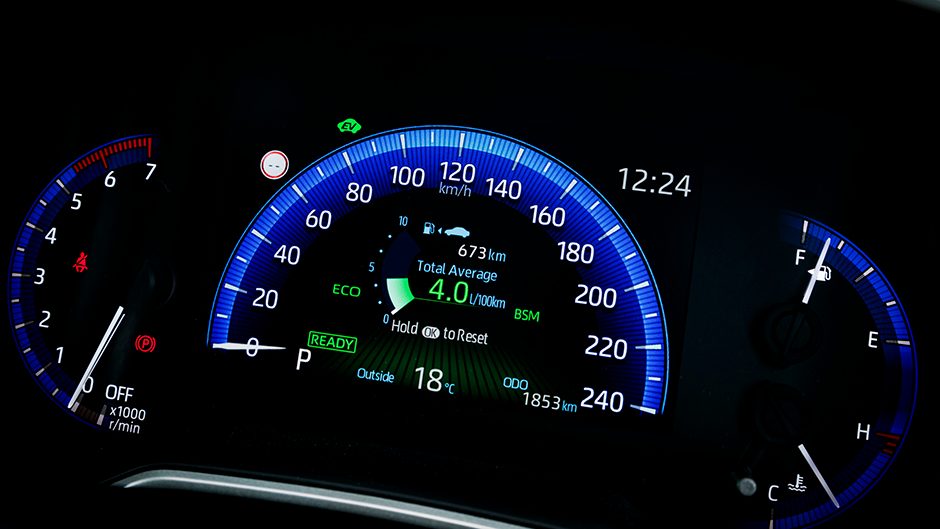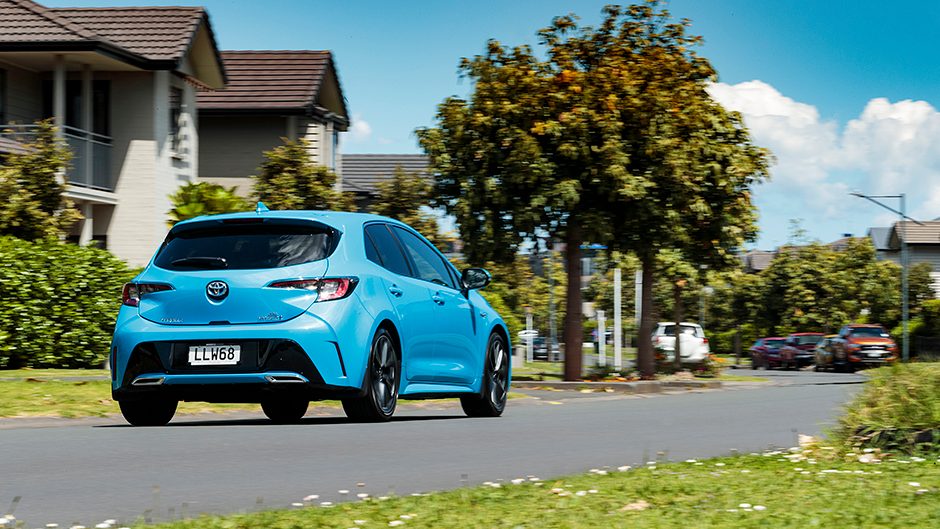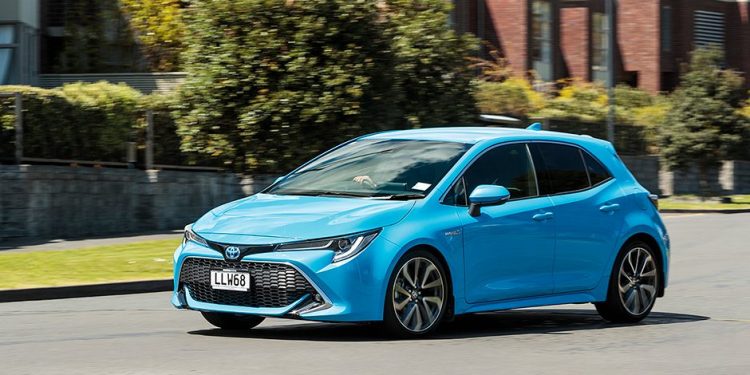2018 Toyota Corolla ZR hybrid review
Words Kyle Cassidy | Photos Tom Gasnier
With gas prices heading the wrong way to expensive-ville, one happy faction will be the climate change campaigners; the less gas we burn, the fewer emissions we’ll be making.
On topics gaseous, car makers doing business in Europe are facing stringent emissions regulations that will force them to offer more electrified options if they have any hope of meeting their obligations. Some manufacturers are pledging to clean up their act regardless, though on a slightly more convenient time frame.
On a global scale, Toyota is targeting a 90 per cent reduction in emissions compared with its 2010 average by 2050. Locally, TNZ is saying it’ll get its numbers down too. Its mean CO2 last year was 184g per km and it aims to reduce this to 152g per km by 2030. As an aside, Toyota’s CO2 figure in Europe for 2017 was just 103g per km, ahead of second-placed Peugeot/Citroën on 112g/km. You can blame trucks and SUVs for the higher average here, and the taxation on polluting vehicles in Europe.

But anyway, to help lower its average globally, Toyota will offer an ‘electrified’ option for all models by 2025. A hybrid Hilux anyone? According to TNZ’s latest sustainability report, hybrids comprise five per cent of sales here but by 2030, they say they’ll account for almost one-third. Increasing the amount of hybrids on offer will help, and so the new Corolla range now has two options, the base GX and the top ZR.
The added electrical bits carry a premium, the ZR we drove being $1000 more than the conventional 2.0. While the output is reduced (125kW vs 90kW) so too is consumption (6.0 vs 4.2L/100km). The powertrain is like that in the Prius, a 1.8-litre four running lean on the Atkinson cycle connected to the hybrid system with its electrically-controlled planetary transmission and a motor generator. The battery is still a low tech but reliable nickel metal hydride (NiMH) unit. And so the powertrain is no different in operation to those we’ve driven previously. Any real acceleration requires petrol intervention with the ‘EV’ mode capable of low speed operations only.
Once up to speed, and where conditions allow (think dead flat roads) the motor can maintain the Corolla’s speed for a few kilometres at least, helping reduce fuel use. In traffic, dial up the Eco drive mode where it’ll drop the engine in and out of operation more frequently, and here’s where the hybrid delivers its best economy.

It’s urban consumption is rated at 4.0L/100km while the same figure for the 2.0-litre is 7.5. And we didn’t find it too hard to keep the trip computer figures hovering around the 4.5L/100km mark for city driving. It’s no whippet off the mark, but the power delivery is suitable for commuting. Another of the hybrid’s drive modes is PWR, and while this won’t unleash the fury, the delivery is more forthright, the transmission keeping the engine speed perky for a better response.
Highlighting the hybrid’s frugality, even when whipping it along it’s hardly a guzzler, the average only up around the 6.5L/100km mark. This hybrid is an easy drive with light steering, good forward vision and compact dimensions. This steers consistently, and roll is well checked but the bigger wheels can crash over bumps. The regenerative nature of the brakes sees them relay an inconsistent feel and the odd snatch at speed but are improved from the old model. Toyota’s active cruise works as it’s supposed to, though the lane keeping system we preferred to switch off. That’s easily achieved thanks to the well sighted buttons on the wheel.
The ride is alright on the ZR’s 18s but the Sport Maxx tyres are noisy, even on some city streets. This Corolla is a nice place to be, up front at least, with top rate finishings and the hard plastics are well disguised. Storage is lacking with a small console box and door pockets but there are plenty of charging options, including a Qi pad.
The ZR’s sport seats look swish but lack some fine tuning in their (manual) adjustment. Surprisingly, the hybrid has the best boot space of the Corolla range as the battery lives under the rear seat and there is no spare wheel, just a can of goo. This allows for a lower floor so there’s more usable space than the other models. Still, it’s not big against the class leaders as the rakish styling of the tailgate eats into load space. In the back seat there’s only just enough room as the big front buckets impinge on knee clearance while the entry is mean with doors that don’t open up wide enough.
So if the practical limitations of the Corolla don’t put you off, and you’re an urbanite, the hybrid is a good option which will pay its premium back smartly if gas gets any more expensive.
| Model | Toyota Corolla ZR hybrid |
| Price | $38,490 |
| Engine | 1798cc, IL4, EFI, 72kW/142Nm |
| Drivetrain | e-CVT, front-wheel drive |
| Fuel Use | 4.2L/100km |
| C02 Output | 97g/km |
| 0-100km/h | 911.0sec |
| Weight | 1411kg |





